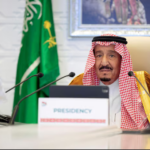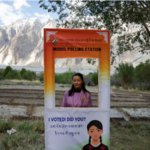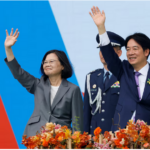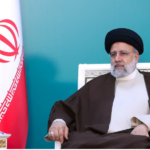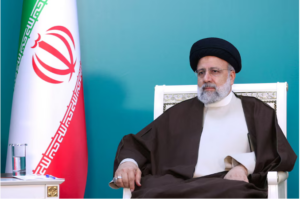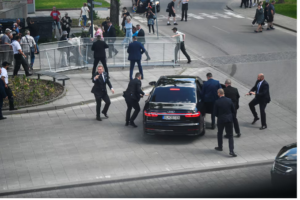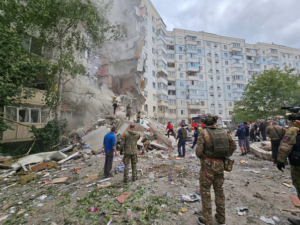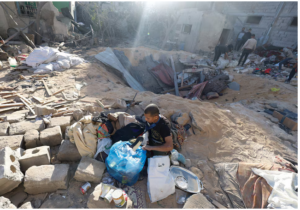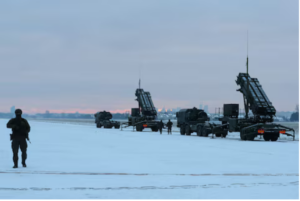
G20 Summit 2023 – How two global events left a mark on Delhi
The 9th Unesco general conference in 1956, and the Asia 72 global fair in 1972 gave the Capital three modern icons synonymous with Delhi.
New Delhi: The Capital is all ready for the G20 Summit, one of the most significant international events to be held in the city. After Independence, Delhi has played host to several big-ticket diplomatic, business and sporting events, including the Asian Games in 1982, the NAM Summit in 1983, and the Commonwealth Games in 2010, each leaving a lasting legacy.
Over the decades, these events have shaped the city, catalysing extensive infrastructure development and urban improvements.
But little is known about two pivotal events, the 9th Unesco Conference in 1956, and Asia 72, the city’s first mega international trade fair, which gave the city some of its most iconic buildings, Ashoka Hotel, Vigyan Bhawan, and the now-demolished Hall of Nations at Pragati Maidan.
The making of Ashoka Hotel and Vigyan Bhawan has quite an interesting back story.
The genesis
In 1955, during the 8th General Conference of Unesco in Paris, then-Prime Minister Jawaharlal Nehru proposed New Delhi as the host for the subsequent edition in 1956. The proposal was accepted.
However, upon returning to New Delhi, he was told by officials that the city just did not have the requisite infrastructure to host an international event of this scale. It needed a hotel that could accommodate a large number of delegates along with a convention centre to serve as a suitable venue.
Twenty-five acres of land on a rocky forest hillock was donated to the government to build Ashoka Hotel by the prince regent of Jammu & Kashmir, Karan Singh. In fact, the primary funding for the construction also came from the erstwhile princes; 15 out of the twenty-three original shareholders of the hotel were the rulers of various princely states.
“ CPWD was tasked with construction. For the first time, many new technologies and massive cranes were used in the construction of buildings in the capital. Pandit Nehru sent many CPWD engineers for quick training abroad. He visited the construction sites quite often,” says AK Jain, former commissioner, planning, Delhi Development Authority (DDA). Some anecdotes recount how Nehru rode on horseback around the Ashoka Hotel construction site, paying close attention to the smallest details as the country’s first state-owned five-star hotel came up.
“Nehru brought the Unesco conference to Delhi with a view to put newly independent India on the world map, and he wanted to build a hotel that could match iconic hotels in New York and London in facilities and services. He also sent many senior hotel staff to England for training, ” says Prof BP Mangla, 85, a former dean of the Faculty of Arts, Delhi University.
A link to Maulana Abul Kalam Azad
The construction of Vigyan Bhawan, a conference centre, on Edward Road (now Maulana Azad Road) commenced simultaneously in September 1955, on a site that housed the bungalow of Maulana Abul Kalam Azad, then education minister.
About 800 workers toiled for 350 days, and Vigyan Bhawan, the imposing three-storeyed conference centre spread over 3.8 acres , with a plenary hall, a committee, and a commission room, was also completed at a cost of about ₹78 lakh. The plenary hall had chairs and desks for 705 delegates on the ground floor and could accommodate 300 delegates on the balcony.
“The 1950s was a period when newly independent India was trying to modernise while embracing traditional values. Vigyan Bhawan’s famous arched entrance, for example, incorporated elements of Buddhist architecture,” says AGK Menon, urban planner and former convener of the Delhi chapter of Indian National Trust for Art and Cultural Heritage (Intach)
As scheduled, Unesco’s 9th General Conference opened in New Delhi on November 5, 1956, at the newly built Vigyan Bhawan.
It was the first time that the Capital saw such a large international gathering of eminent educationists, scientists, and sociologists. The entire city bore a festive look, with flags of many countries fluttering in the city’s streets — much like today for the G20 summit.
Cabinet ministers and members of the diplomatic corps were among the visitors. Cine cameras whirred and cameras clicked as the delegates, distinguished in their diverse national costumes, entered the hall. There were, among others, representatives of Saudi Arabia in their flowing white gowns and a delegate of the Holy See in a pink robe. A bell rang heralding the opening of the session; photographers retired, and a hush fell on the bustling hall. Over 200 delegates were present, including representatives of other U.N. agencies and nongovernmental organisations, HT’s report added.
The one-month conference proceeded without any hiccups.
Capital’s first international trade fair
Fifteen years later, the capital saw another frenetic building activity, this time for Asia 72, an international trade fair, which was to be held in Delhi in November 1972, the year India also celebrated the silver jubilee of its independence.
In fact, such was the hype around the trade show, where over 50 countries were to participate, that the government decided to postpone it from February-March to November to ensure that the Independence Day celebrations in August did not lose their lustre.
The highlight of this extensive redevelopment of the exhibition grounds was the construction of new halls, especially the Hall of Nations, regarded by many as a marvel of contemporary architecture. Designed by Raj Rewal, it was one of the earliest and largest-span space-frame structures worldwide, constructed using reinforced concrete. “The Hall of Nations was an intricate, one of its kind building, a testament to the country’s architectural ingenuity and can-do spirit,” says Menon.
Menon says Delhi has evolved and developed through many of these “episodic” international events. “These events have been great change agents, but I think the development of a city should be an organic, continuous, and not an episodic process,” he says.
Sydney Rebeiro, former dean, culture, Delhi University, says these international events the city has hosted over the decades have elevated its status, and contributed to its social and cultural life.

